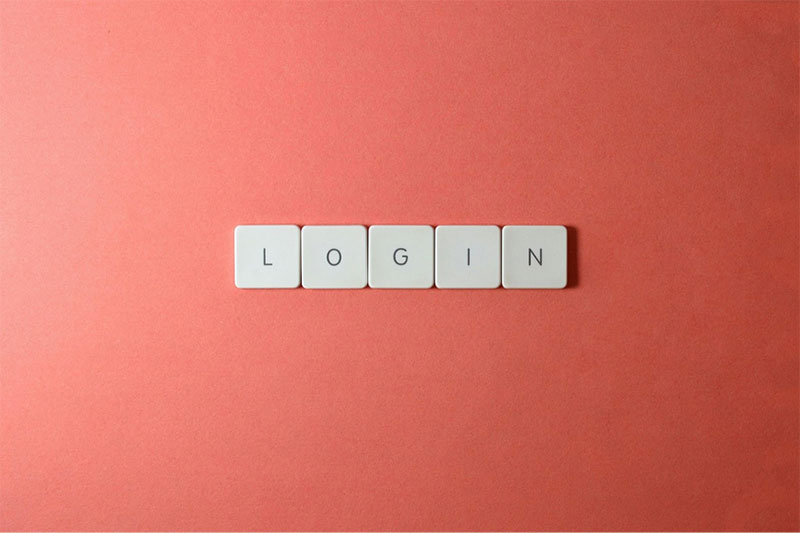You can never be too secure on the Internet. Business users and natural persons alike are exposed to various threats, from personal data theft to hacker attacks aimed at intercepting financial transactions.
it’s in our best interest to apply and promote responsible behavior in our daily practices, in everything we do. This guide brings the safest online practices to use in 2024.

Creating Diverse Passwords
One person’s lazy manners are another person’s opportunity for success. If you use one or two passwords for most of your online accounts – we all like to choose that smooth UX option Sign in with Google – you’re more likely to have your data compromised. Even if those passwords are combinations of passphrases, numbers, and special characters, you’re still not completely safe.
Sure, there are some online platforms, like Inclave login casinos, where a single sign-in takes you to a plethora of gaming websites with enhanced encryption and security. Techopedia’s Sam Barnard explains that where you enter your password only once, scan your fingerprint or face and you’re set for future logins – no need to type your password every time you want to play.
Still, single sign-in websites don’t implement such a high level of user/data security. Therefore, create a unique passphrase for every website you register to, even if this means reducing the number of websites you’ll become a registered user of. After all, most of us are registered to dozens of websites we never use.
Using Password Managers
Password managers are tools that help us store multiple passwords in one place. They used to be more widely accepted by companies to increase their security but now ordinary Internet users have realized their benefits.
A user typically has to come up with a more complex passphrase to access a password manager and check out their passwords for various purposes. What’s more, cutting-edge password tools often apply multi-factor authentication to additionally protect users and their data.
Likewise, consider using password generators in 2024 and beyond. They’re becoming extremely advanced at generating unique combinations that are hard to hack. Among the fast growth of AI tools and the risks they may pose, every security-enhancing feature is welcome. Of course, make sure you first check out the generators in question, from user reviews to short research regarding their trustworthiness.
Turning to Multi-Factor Authentication
In the last few years, many companies from different fields have started using multi-factor authentication.
The older approach to cybersecurity, which mostly included providing only an email address and a password has turned out to be too weak in the modern business world. As cyber criminals have become more astute than ever, with state-of-the-art software tools and techniques, many businesses have faced serious attacks and losses.
The application of multi-factor authentication is mostly derived from the financial system. Banking apps, digital wallets, and payment methods were among the first ones to implement such features. When you want to log into your PayPal account, an SMS code is sent to your mobile phone, as an additional identification factor. The same pattern is used by most banks and financial institutions, as well as companies from other walks of life.
The main challenge here is to make this disruption within the login process as smooth as possible, so as not to repel users from logging in to their online accounts.
Implementing Biometric Data
We’ve only scratched under the surface of biometric elements as instruments within safe login policies. Let’s now dig a bit deeper and see what such data contains.
Most commonly, biometric data are used as the third factor in multi-factor authentication. The user asked to provide such information has most probably already submitted their username/email and password. Once they’ve done it for the first time at a certain platform, the party in question asks them to scan their fingertip, palm of the hand, or face, or record their voice. The latter, however, is being reconsidered, due to pretty realistic voice fakes carried out by AI tools.
The next time they come to that website, they only scan the previously stored biometric element and enter the place without any additional time-consuming sign-in procedures.
This additional authentication element is already used on many platforms for a safe login, from SaaS providers and social media to gaming platforms and offshore casinos.
Reducing the Risk of Human Error
Everything we do is prone to the risk of human error. In a company, for instance, a worker may open a conspicuous email, click on a malware link, and cause huge damage to the entire business.
A regular Internet user usually can’t harm other entities, but their errors reflect their own online well-being. For instance, if you stay logged into different sensitive websites and apps – say, digital wallets – on your laptop and accidentally forget it in a public place, you might suffer serious loss. The same goes for people who connect to open Wi-Fi networks from the devices they use for business transactions.
The best preventive method here is constant education of employees and ordinary people. Also, what you can do as average Jane and John Doe is not to sign into business and financial accounts on too many devices. Having such apps available on your mobile phone and laptop will do, given that you protect the devices in question with access codes and biometric recognition.









